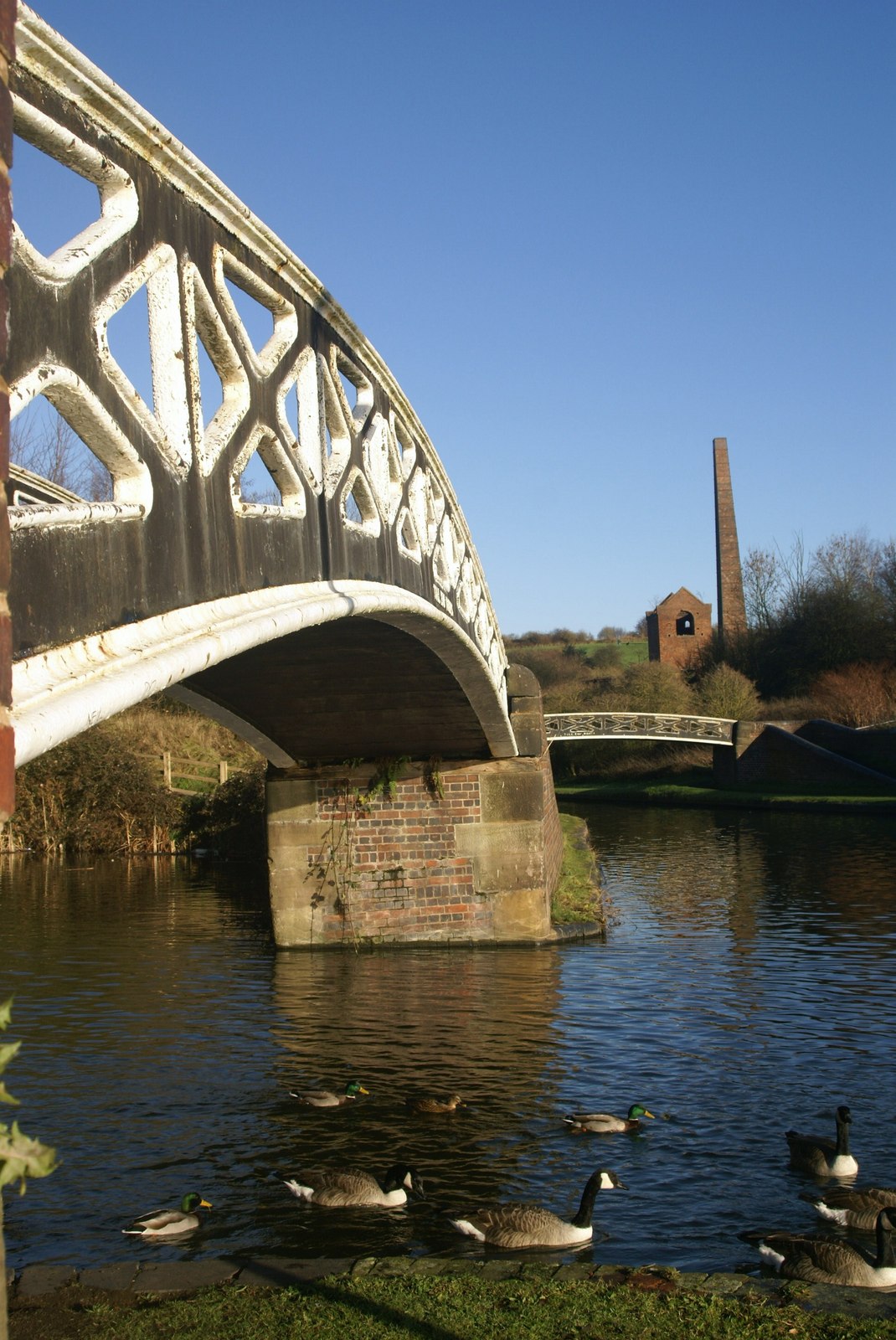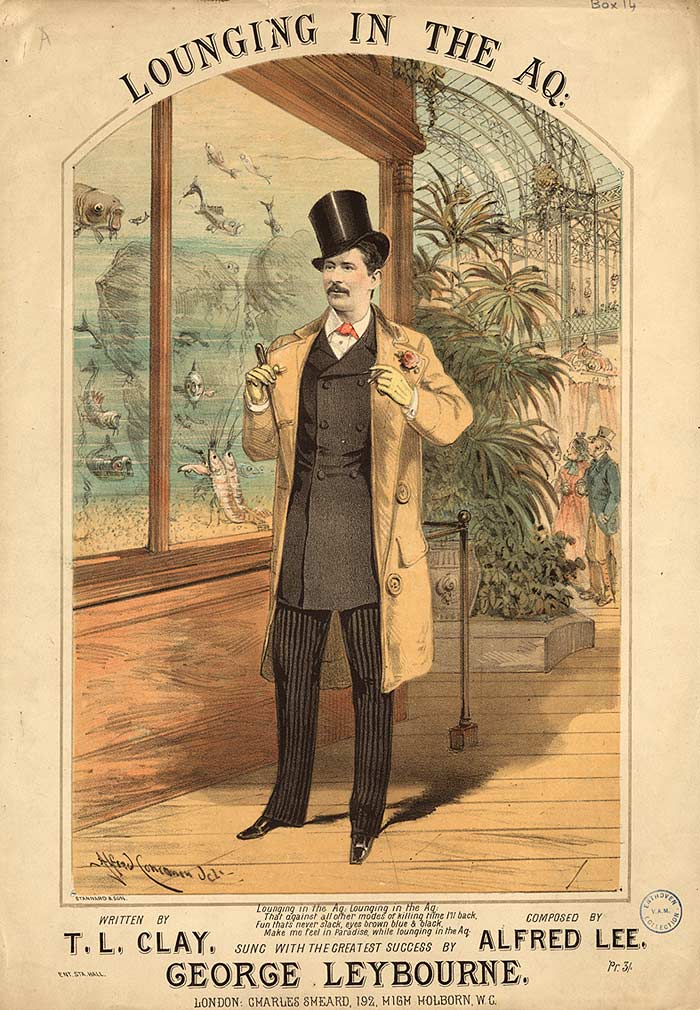|
Joseph Darby (jumper)
Joseph Darby (6 August 1861 – 22 December 1937) was a renowned jumper from the Black Country village of Netherton, in Dudley, Worcestershire. He specialised in spring jumping (jumping starting from a stationary position) often using weights in his hands to help propel him. After taking part in competitive jumping at venues in the Midlands and North of England in the 1880s, he went on to perform at theatres in London and Paris and crossed the Atlantic to exhibit in North America. He entertained crowds by performing trick jumps and earned money in wagers with competitors. Highlights in his career included defeating the American World Champion spring-jumper in 1887 and appearing before the future King Edward VII in Covent Garden, London. After finishing his jumping career, he became a publican in his hometown. Early life Joseph Darby was born in Windmill End, Netherton, on 6 August 1861. His parents were Abraham Darby, a maker of nails for shoeing horses, and Martha Darby (n√ ... [...More Info...] [...Related Items...] OR: [Wikipedia] [Google] [Baidu] |
Netherton, West Midlands
Netherton is an area of the Metropolitan Borough of Dudley, south of Dudley town centre in the West Midlands of England, but historically in Worcestershire. Part of the Black Country, Netherton is bounded by nature reserves to the east and west, and an industrial area and the Dudley Southern By-Pass to the north. History Early history Netherton means "lower farm" in Old English (the corresponding upper farm may have been Dudley itself). For most of its history, Netherton was a small village centred around the point where a brook crossed the Baptist End Road, near the boundary of Pensnett Chase, a partially wooded common. Netherton is mentioned in legal records dating from 1420 and the first mention of a Netherton nailor, an occupation that became very important locally in later years, is dated 1559. The village is called 'Nederton' in the earliest available documents. The village was included in the Manor of Dudley, a Lordship of the Barons of Dudley who once owned a manor house ... [...More Info...] [...Related Items...] OR: [Wikipedia] [Google] [Baidu] |
Royal Aquarium
The Royal Aquarium and Winter Garden was a place of amusement in Westminster, London. It opened in 1876, and the building was demolished in 1903. The attraction was located northwest of Westminster Abbey on Tothill Street. The building was designed by Alfred Bedborough in an ornamental style faced with Portland stone. The Aquarium Theatre was located in the west end of the building and was renamed the Imperial Theatre in 1879. Methodist Central Hall now occupies the site. History The Royal Aquarium opened on 22 January 1876. Its board of directors included Henry Labouchère, the financier and journalist; William Whiteley the retailer; and Arthur Sullivan, the composer. It was intended to offer art exhibitions, concerts and plays, among other intellectual entertainments such as The Crystal Palace.''The R ... [...More Info...] [...Related Items...] OR: [Wikipedia] [Google] [Baidu] |
Cirque D'√Čt√©
The Cirque d'√Čt√© (Summer Circus), a former Parisian equestrian theatre (and a type of indoor hippodrome), was built in 1841 to designs by the architect Jacques Hittorff. It was used as the summer home of the Th√©√Ętre Franconi, the equestrian troupe of the Cirque Olympique, the license for which had been sold in 1836 to Louis Dejean by Adolphe Franconi, the grandson of its founder, Antonio Franconi.McCormick 1993, p. 31. The cirque was later also used for other purposes, including grand concerts conducted by Hector Berlioz. The new theatre was located on the north-east side of the present Rond-Point of the Champs-√Člys√©es. At first called the Cirque National,Galignani 1846p. 439 Galignani 1852p. 495 it also became known as the Cirque des Champs-√Člys√©es and the Cirque Olympique des Champs-√Člys√©es.Holoman 1989, pp. 315‚Äď319. In 1853 it was renamed Cirque de l'Imp√©ratrice (in honor of the new Empress Eug√©nie), a name which it retained until the fall of the empire in 1870. ... [...More Info...] [...Related Items...] OR: [Wikipedia] [Google] [Baidu] |
St Louis
St. Louis () is the second-largest city in Missouri, United States. It sits near the confluence of the Mississippi and the Missouri Rivers. In 2020, the city proper had a population of 301,578, while the bi-state metropolitan area, which extends into Illinois, had an estimated population of over 2.8 million, making it the largest metropolitan area in Missouri and the second-largest in Illinois. Before European settlement, the area was a regional center of Native American Mississippian culture. St. Louis was founded on February 14, 1764, by French fur traders Gilbert Antoine de St. Maxent, Pierre Laclède and Auguste Chouteau, who named it for Louis IX of France. In 1764, following France's defeat in the Seven Years' War, the area was ceded to Spain. In 1800, it was retroceded to France, which sold it three years later to the United States as part of the Louisiana Purchase; the city was then the point of embarkation for the Corps of Discovery on the Lewis and Clark Expe ... [...More Info...] [...Related Items...] OR: [Wikipedia] [Google] [Baidu] |
RMS Umbria
RMS ''Umbria'' and her sister ship were the last two Cunard Line ocean liners that were fitted with auxiliary sails. ''Umbria'' as the last express steamship to be built for a North Atlantic route with a compound engine. By 1885, the triple expansion engine was the almost universal specification for newly built steamships. John Elder & Co. built ''Umbria'' in Govan, Glasgow in 1884. ''Umbria'' and her running mate ''Etruria'' were record breakers. They were the largest liners then in service, and they plied the Liverpool ‚Äď New York City route. ''Umbria'' was launched by the Honourable Mrs. Hope on 25 June 1884 with wide press coverage, because she was the largest ship afloat, apart from , which by that time was redundant. Building ''Umbria'' had two large funnels that gave the outward impression of great power. She had three large steel masts that were barquentine-rigged. Another innovation was that she was equipped with refrigeration machinery, but it was the single-screw ... [...More Info...] [...Related Items...] OR: [Wikipedia] [Google] [Baidu] |
Cirque D'Hiver
The Cirque d'Hiver ("Winter Circus"), located at 110 rue Amelot (at the juncture of the rue des Filles Calvaires and rue Amelot, Paris 11ème), has been a prominent venue for circuses, exhibitions of dressage, musical concerts, and other events, including exhibitions of Turkish wrestling and even fashion shows. The theatre was designed by the architect Jacques Ignace Hittorff and was opened by Emperor Napoleon III on 11 December 1852 as the Cirque Napoléon. The orchestral concerts of Jules Etienne Pasdeloup were inaugurated at the Cirque Napoléon on 27 October 1861 and continued for more than twenty years. The theatre was renamed Cirque d'Hiver in 1870. The nearest métro station is Filles du Calvaire. History The circus is an oval polygon of 20 sides, with Corinthian columns at the angles, giving the impression of an oval building enclosing the oval ring, surrounded by steeply banked seating for spectators, very much like a miniature indoor Colosseum. A low angled roof is sel ... [...More Info...] [...Related Items...] OR: [Wikipedia] [Google] [Baidu] |
Paris - Cirque D'hiver 01
Paris () is the capital and most populous city of France, with an estimated population of 2,165,423 residents in 2019 in an area of more than 105 km¬≤ (41 sq mi), making it the 30th most densely populated city in the world in 2020. Since the 17th century, Paris has been one of the world's major centres of finance, diplomacy, commerce, fashion, gastronomy, and science. For its leading role in the arts and sciences, as well as its very early system of street lighting, in the 19th century it became known as "the City of Light". Like London, prior to the Second World War, it was also sometimes called the capital of the world. The City of Paris is the centre of the √éle-de-France region, or Paris Region, with an estimated population of 12,262,544 in 2019, or about 19% of the population of France, making the region France's primate city. The Paris Region had a GDP of ‚ā¨739 billion ($743 billion) in 2019, which is the highest in Europe. According to the Economist Intellige ... [...More Info...] [...Related Items...] OR: [Wikipedia] [Google] [Baidu] |



.jpg)


